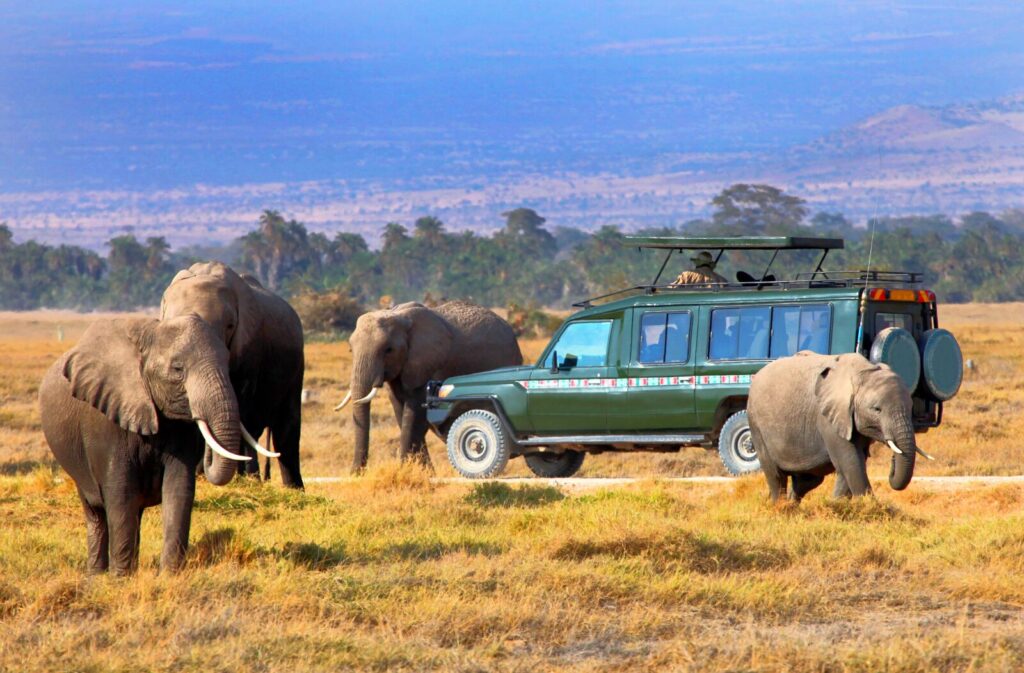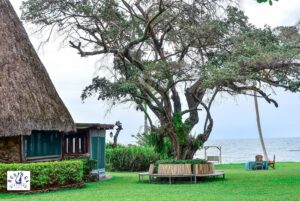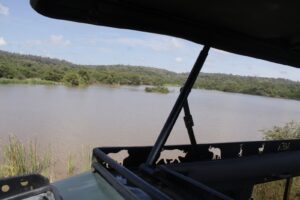The Great Story of Magical Maasai Mara

The Maasai Mara, often referred to as the “Crown Jewel” of Kenya’s wildlife reserves, is a land of breathtaking landscapes, unparalleled wildlife experiences, and deep cultural heritage. This iconic safari destination, part of the larger Serengeti ecosystem, is a place where the drama of the African wilderness unfolds daily, offering visitors a front-row seat to one of nature’s greatest spectacles. Here is the story of the magical Maasai Mara.
The Origins and Geography of the Maasai Mara
The Maasai Mara National Reserve, named after the Maasai people and the Mara River that flows through the park, is located in the southwestern region of Kenya. The word “Mara” in the Maasai language means “spotted,” a reference to the landscape dotted with acacia trees, shrubs, and cloud shadows that create a patchwork effect across the plains.
The reserve covers approximately 1,510 square kilometers (583 square miles) and is part of the larger Mara-Serengeti ecosystem, which spans over 25,000 square kilometers (9,700 square miles) across Kenya and Tanzania. This ecosystem is one of the most diverse and wildlife-rich areas in the world, supporting an incredible array of flora and fauna.
The Wild Heart of Africa
The Maasai Mara is renowned for its rich wildlife population, which includes the Big Five: lions, elephants, leopards, buffaloes, and rhinos. The reserve is particularly famous for its high density of lions, including the notable “Marsh Pride” made famous by the BBC’s “Big Cat Diary” series.
The Great Wildebeest Migration
The Maasai Mara is most famous for being a key stage in the Great Wildebeest Migration, one of the Seven Natural Wonders of Africa and one of the greatest wildlife spectacles on earth. Each year, from July to October, over 1.5 million wildebeest, along with hundreds of thousands of zebras and gazelles, migrate from the Serengeti in Tanzania to the Maasai Mara in search of fresh grazing grounds.
This epic journey involves crossing the treacherous Mara River, where crocodiles lie in wait and the strong currents pose a significant challenge. The drama of the river crossings, where survival is a matter of luck and timing, is one of the most awe-inspiring sights in the natural world. The sheer scale of the migration, coupled with the predator-prey interactions that occur, makes this a must-see event for any wildlife enthusiast.
A Day in the Mara: The Rhythm of the Wild
A typical day in the Maasai Mara begins with a golden sunrise over the savannah, as the landscape comes alive with the sounds of the wild. Early morning game drives are the best time to see predators on the hunt, as lions, leopards, and cheetahs take advantage of the cooler temperatures to stalk their prey.
As the day progresses, the vast plains are dotted with herds of elephants, buffaloes, and giraffes, while the Mara River is a bustling hub of activity with hippos and crocodiles basking in the sun. Birdwatchers are also in for a treat, as the Maasai Mara is home to over 450 bird species, including the striking lilac-breasted roller, vultures, and various birds of prey.
In the late afternoon, as the sun begins to set, the landscape is bathed in warm, golden light, providing perfect conditions for photography. The day ends with sundowners in the bush, where visitors can relax and take in the stunning views while reflecting on the day’s adventures.
The Maasai People: Guardians of the Mara
The Maasai Mara is not only a haven for wildlife but also the ancestral home of the Maasai people, a semi-nomadic ethnic group known for their distinct culture, dress, and traditions. The Maasai have coexisted with the wildlife of the Mara for centuries, and their deep knowledge of the land and its inhabitants is unparalleled.
The Maasai are known for their vibrant red shukas (cloaks), intricate beadwork, and traditional ceremonies. Visiting a Maasai village offers a unique opportunity to learn about their way of life, including their cattle-herding practices, traditional dances, and the significance of their customs. The Maasai’s strong cultural identity and deep connection to the land are integral to the conservation efforts in the region, as they play a vital role in preserving the delicate balance between humans and nature.
Conservation and Sustainability
The Maasai Mara faces numerous challenges, including habitat loss, human-wildlife conflict, and the pressures of tourism. However, conservation efforts in the region are robust, with various initiatives focused on preserving the ecosystem and supporting local communities.
Many of the lodges and camps in the Maasai Mara are committed to sustainable tourism practices, such as minimizing their environmental footprint, supporting anti-poaching efforts, and engaging in community outreach programs. These initiatives help ensure that the Mara remains a thriving ecosystem for future generations to experience and enjoy.
Why You Should Visit the Maasai Mara
Visiting the Maasai Mara is more than just a safari; it’s an immersive experience that connects you with the raw beauty of nature and the rich cultural heritage of the Maasai people. Here’s why you should consider making the Maasai Mara your next travel destination:
- Witness the Great Migration: There’s nothing quite like seeing the Great Wildebeest Migration in person. The sheer scale, drama, and beauty of this natural phenomenon are unparalleled, making it a bucket-list experience for any traveler.
- Encounter Abundant Wildlife: The Maasai Mara offers some of the best game viewing in Africa, with a chance to see the Big Five, cheetahs, hyenas, and a myriad of other species in their natural habitat.
- Immerse Yourself in Maasai Culture: Learn about the traditions and way of life of the Maasai people, whose deep connection to the land adds a unique cultural dimension to your safari experience.
- Experience World-Class Accommodations: The Maasai Mara boasts a range of luxurious lodges and tented camps, offering comfort, style, and exceptional service amidst the wilderness.
- Photographic Opportunities: The Mara’s vast landscapes, diverse wildlife, and dramatic skies provide endless opportunities for stunning photography, whether you’re a professional or an amateur.
- Support Conservation Efforts: By visiting the Maasai Mara, you contribute to the conservation of this vital ecosystem and support the local communities that depend on tourism for their livelihoods.
The Magic of the Maasai Mara
The Maasai Mara is a place where the wild heart of Africa beats strongest. It’s a land where the endless plains stretch to the horizon, where the daily drama of life and death unfolds against a backdrop of stunning natural beauty, and where the spirit of the Maasai people resonates deeply with the land they call home.
Whether you’re watching the sun rise over the savannah, witnessing a lioness teach her cubs to hunt, or listening to the stories of a Maasai elder, the Maasai Mara leaves an indelible mark on all who visit. It’s not just a destination—it’s a journey into the soul of Africa, a place where the magic of the wild is palpable and the wonders of nature are on full display.





